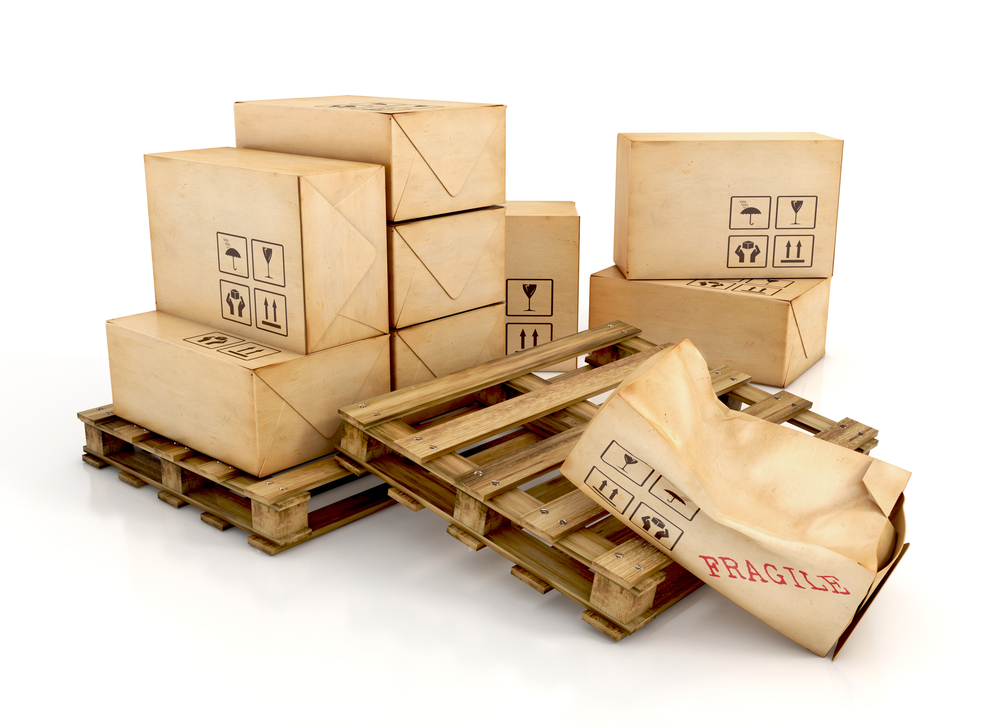REDWOOD LOGIN
Redwood PortalLTL
SCS
SCS Support
Rockfarm

Freight damage is one of those inevitable situations that almost every shipper will meet head-on at some point. Receiving that phone call from an upset customer about their shipment that was received in pieces after also arriving late is never a pleasant experience.
But, the truth is that to reduce freight damage significantly, it actually takes very little extra legwork. It basically all boils down to following just 3 of the most basic and simple steps.
Want to know what they are?
Freight damage occurs for a multitude of reasons. Often, shippers are faced with situations that are seemingly out of their direct control. As a result, certain types of damage are simply unavoidable. This is the case for events such as traffic accidents, severe weather, or incidents at freight terminals. Yes, it is a sad, harsh reality for many... but a reality nonetheless.
Of course, there are just as many (if not more) situations that are due to human error or are otherwise preventable. However, the following are the three most effective ways to prevent or guard against freight damage no matter what form it takes!
Most manufacturing companies understand the value of using the best materials in the packaging of the items they ship. Beyond mere aesthetics, these materials may very well save your goods from transit damage. When you look at the top sellers in every industry, one similarity they all share is high-quality packaging materials. Besides, if you are shipping valuable, high-quality goods to your customers, why you would you go cheap or light on the packaging?
Trust us, that extra dollar or two that you might save on those boxes is not worth losing customers. And if you build a reputation of always delivering damaged goods, losing customers is inevitable.
To avoid this common problem, you should always strive to use the best packaging materials possible to reduce the potential of freight shifting while in transit and becoming damaged. Specifically, all shippers should use new or completely refurbished pallets, high-strength shrink wrap, and high-quality adhesive labels. Labels should be clear and easy to read and posted in high visibility areas on every pallet that leaves the warehouse floor.
So, this is always a fun word to say. Palletizing! This is basically the art of stacking boxes onto pallets the right way. Or rather, in a manner in which they won't all come tumbling down when the driver hits a slight bump in the road.
This problem usually occurs when trying to stack goods onto pallets in a hurry. It's the end of the day, the loading crew is exhausted and trying to just get through their last load. In the rush to clock out for the day they get careless and start stacking boxes wherever they will fit. This is a disaster waiting to happen.
General palletizing best practices suggest to always place the heaviest or bulkiest materials on the bottom of your pallet. Additionally, you should cross stack each layer, and never stack a pallet any higher than 4 ft.
No two carriers are the same, or even offer the same level of quality. Choosing the right carrier to work with is crucial if you want to reduce freight damage. After all, the vast majority of damages actually occur someone along the carrier's route. As we mentioned, not all carriers are made the same. And the good ones that aren't constantly booked are dwindling and becoming few and far between.
And this is where working with an experienced and knowledgeable 3PL comes in handy...
If you'd like to gain access to all the best and most-vetted carriers in the industry, reach out to Redwood Logistics today!